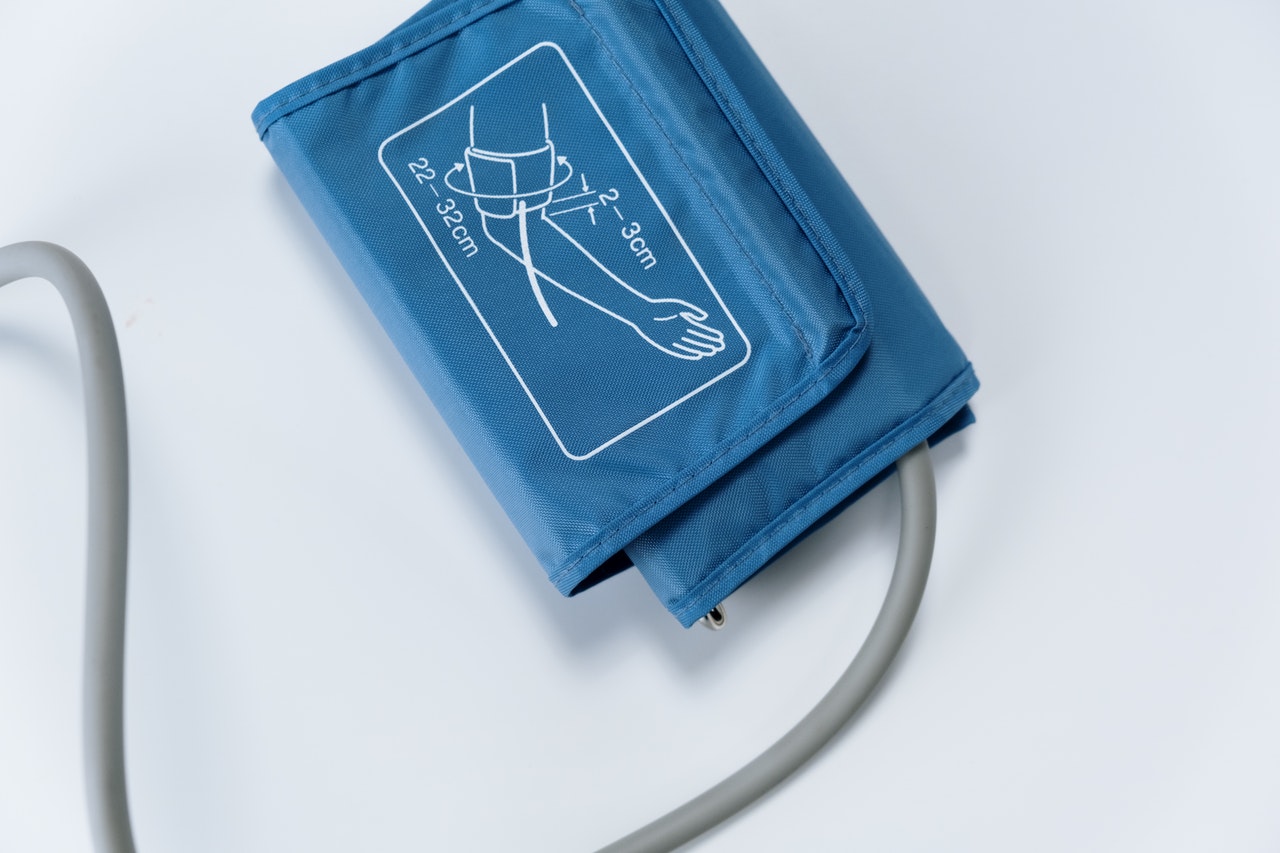High Blood Pressure: Why You Can’t Ignore This Silent Killer
About one in five people have high blood pressure and they don’t even know it.
For those of you who love murder mysteries, there just may be a silent killer wreaking havoc inside of you. Untreated hypertension, or high blood pressure, can go undetected for a long period of time, mainly because most people with elevated numbers do not experience any symptoms. In fact, about one in five people with high BP are walking around unaware that they even have it. Left untreated, hypertension can place you at a significantly increased risk for heart attacks, strokes, aneurysms tearing open, heart failure, kidney failure, blockages in your legs, dementia, vision problems including blindness, and sexual dysfunction (I bet that last one got some of your attention).
How to Read Your Blood Pressure Numbers
Your blood pressure is made up of two numbers. The top number, called the systolic blood pressure, is the pressure inside your arteries when your heart contracts. The bottom number, the diastolic blood pressure, is the pressure inside your arteries when your heart relaxes. Both numbers are important and should be monitored. As people age, both numbers tend to increase, mainly due to increased stiffness in large vessels. Frighteningly, many studies have demonstrated that just a 20 mm Hg (units used for blood pressure) increase in the systolic number, or a 10 mm Hg increase in the diastolic number, doubles one’s risk of death from heart disease or stroke.
What Is Considered High
To emphasize the serious health consequences of having hypertension and to acknowledge that almost one in two adults (including one in four adults aged 20-44) are at increased health risk, the American College of Cardiology and the American Heart Association in 2017 revised what is considered high numbers. They defined normal BP as 120/80 or lower, elevated BP as 120-129/80, and hypertension as readings of greater than 130/80 on multiple occasions. Of note, if your diastolic/bottom number is greater than 80, you have hypertension. Anyone with hypertension should be encouraged to initiate lifestyle modifications, including dietary salt restriction, weight loss (losing 10 pounds may lower your BP by 5 to 10 mm hg), exercise, smoking cessation, and limiting alcohol intake to no more than 1 to 2 drinks daily. Depending on your numbers and whether you have other cardiac risk factors (such as diabetes or a family history of heart disease), your doctor will likely prescribe medication, as medical therapy has clearly been shown to improve both BP and health outcomes. As there are many different medication options, many of which have very few side effects, you and your physician can decide which medication may be best for you.
How to Take Your Blood Pressure at Home
Should you now run out and have your blood pressure checked, or perhaps splurge on a home machine? Yes! For those of you with white coat hypertension (just seeing a doctor’s white coat raises your blood pressure) and get high readings at the doctor’s office but normal ones at home, monitoring your BP at home can be extremely useful. In fact, make sure to write down your readings and show them at your next doctor’s visit.
Although the majority of people with hypertension inherit it from one or both parents, your physician will likely rule out other causes, as many medications including pain medications, contraceptives, and anti-depressants can also contribute to hypertension. In addition, you may be evaluated for a common and treatable condition called sleep apnea in which your throat intermittently closes during sleep and accordingly induces hypertension.
You Can Catch the Killer
Being proactive and having your BP screened may save you from the not-so-silent health consequences of having untreated hypertension, such as heart attacks and strokes. Knowing your numbers and starting treatment if appropriate are surely the best ways for you to apprehend and arrest (I know, too much?) this silent killer among us.
Originally published on drozshow.com, 2021
